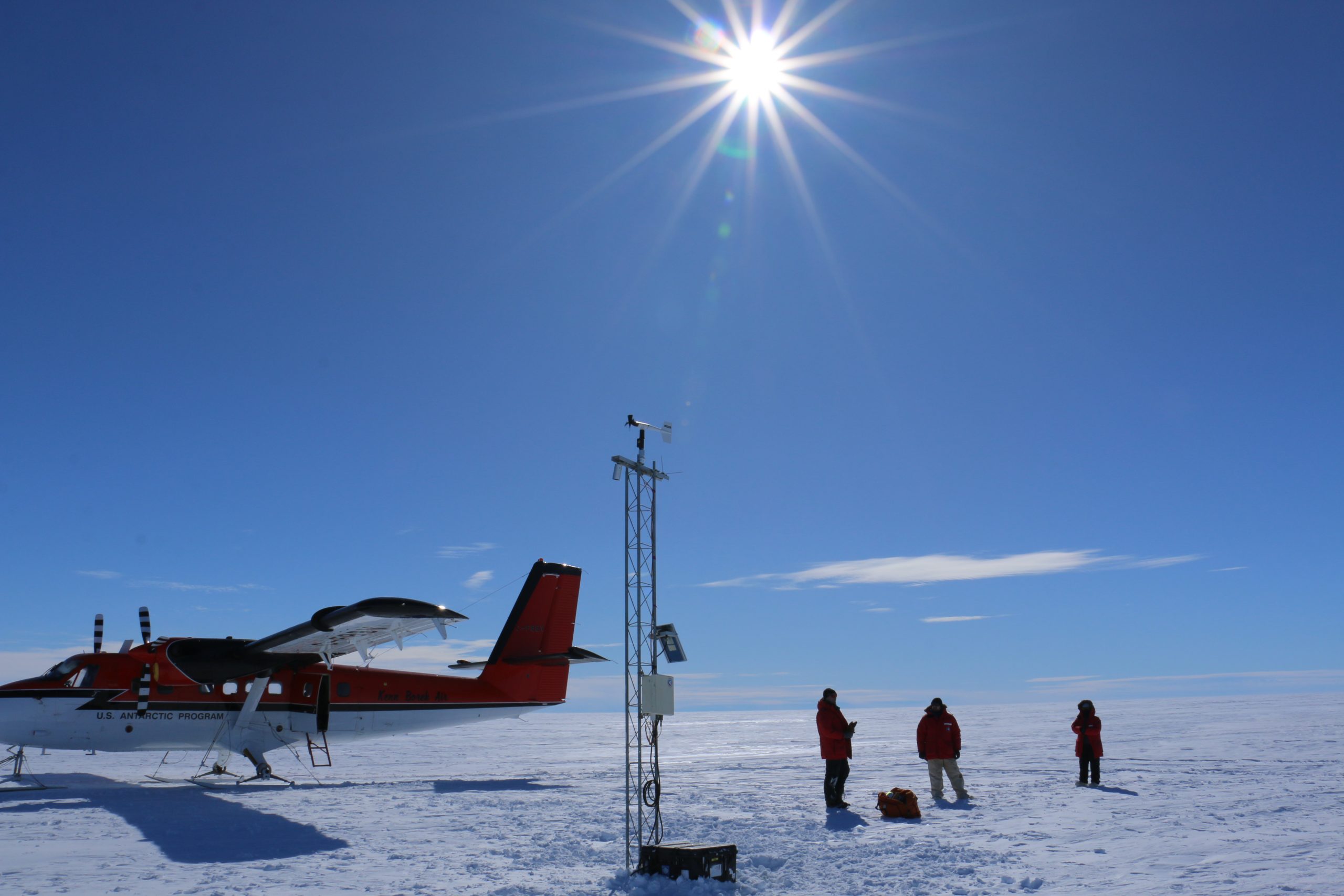Extreme cold temperatures observed in Antarctica — Research investigates unusually cold periods during 2023 winter field season
Each year, thousands of researchers and support staff descend upon Antarctica to study the frozen desert. These deployments are complex operations that require infrastructure to keep people safe from the cold weather and other hazards they may encounter in. Last winter, various research stations noticed temperatures were even colder than normal, prompting a scientific investigation into why.
An average of 1,000 scientists and support staff live in Antarctica during the continent’s harsh austral winter, where wind speeds can reach up to 320 kph (200 mph) in addition to the 24 hours of darkness. Temperatures last winter were especially low in three regions that experienced record cold, which delayed the arrival of supplies and personnel during the winter fly-in period. Aircraft cannot fly when temperatures drop below -50C (-58F) due to failing hydraulics and freezing fuel lines. Temperatures at some automatic weather stations were recorded as low as -66.4C (-87.5F). The results of these record low temperatures and analysis were published in Advances in Atmospheric Science.

“The biggest motivating factor that drove this paper is that the AMRDC wasn’t the only ones that noticed this anomalous cold event,” says Anastasia Tomanek, a former undergraduate student intern at the Antarctic Meteorological Research and Data Center. “Investigating the anomalous temperatures and patterns is beneficial for everyone.”
Four different phases of extreme cold temperatures were recorded from July 21 – August 24, 2023. During these phases, Tomanek and her colleagues observed changes in the 500-millibar pressure level of the atmosphere, which cause extremely warm or cold temperatures over Antarctica’s surface. Understanding what is happening in the atmosphere is important for understanding surface weather; at this level, the direction of winds can impact surface weather and bring with it, the bitter cold temperatures observed across the continent.

“We’re keeping the methods across research consistent so we can recognize patterns to all research across Antarctica,” says Tomanek.
Delays in winter fly in can affect the entire field season. As a result of these unusually cold temperatures, only two aircraft arrived at the U.S. Phoenix Airfield at McMurdo Station during the winter fly in window in 2023. McMurdo Station is the largest US base on Antarctica and hosts more than 1,200 scientists and staff every year.
“There are checks that have to be done on cargo based on U.S. protocol. It’s all more than a simple drop-off so any delays push back the checks that have to be completed,” says Tomanek.
Outside of Antarctic research, cold temperatures have implications for tourism and naval operations as well.
“There’s a lot more civilian interaction with Antarctica. Our observations of the weather and how we use those to improve forecasting there aren’t only going to benefit us,” says Tomanek. “If our forecasting can be improved for our own research, it can be improved for tourist or naval ships.”
The findings of this study can be found in Advances in Atmospheric Science
Anastasia Tomanek is now a graduate research assistant at Colorado State University. This work was supported by University of Wisconsin-Madison Space Science and Engineering Center.
